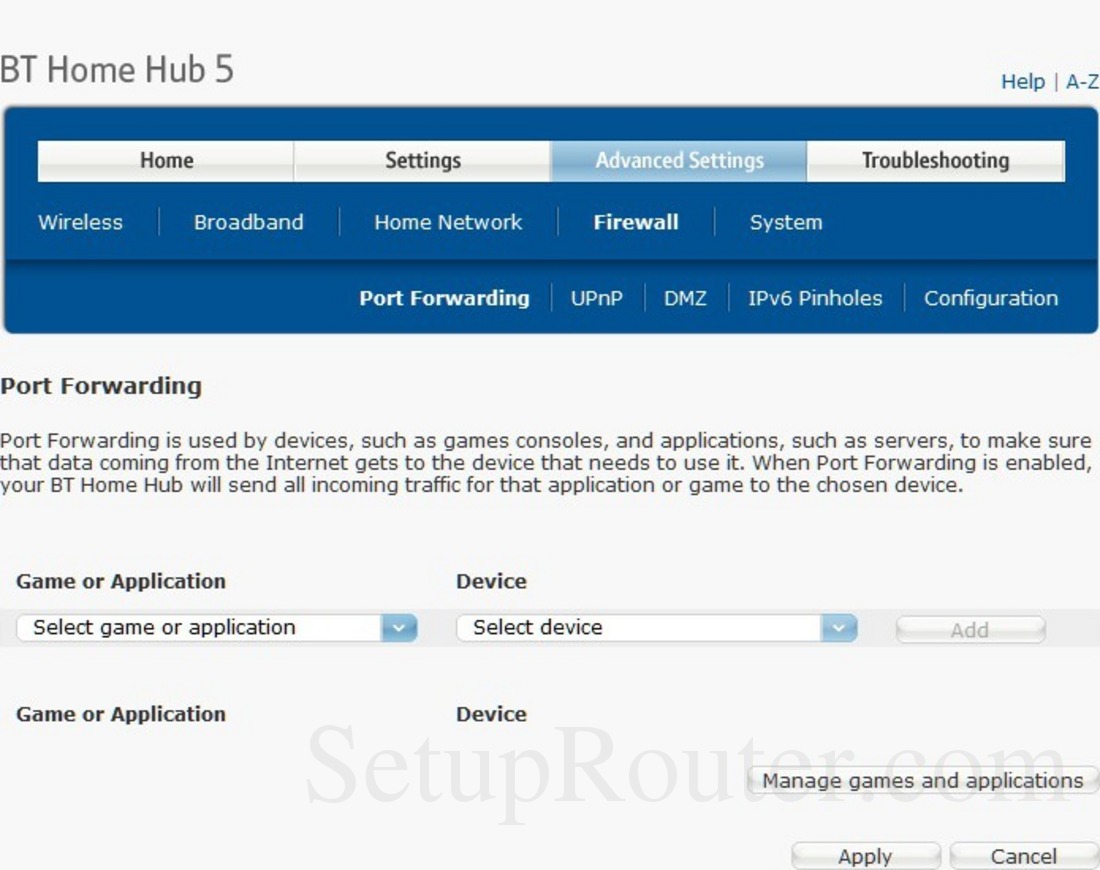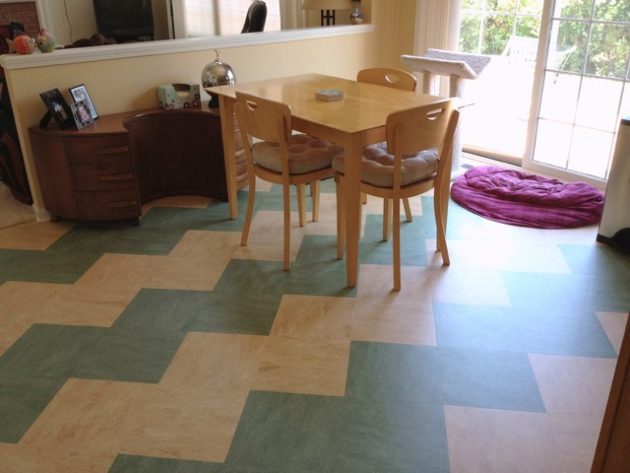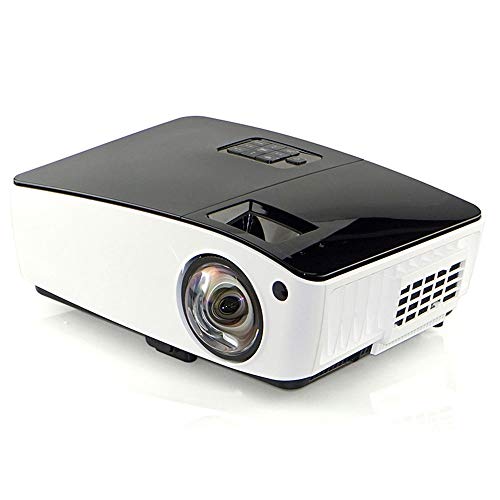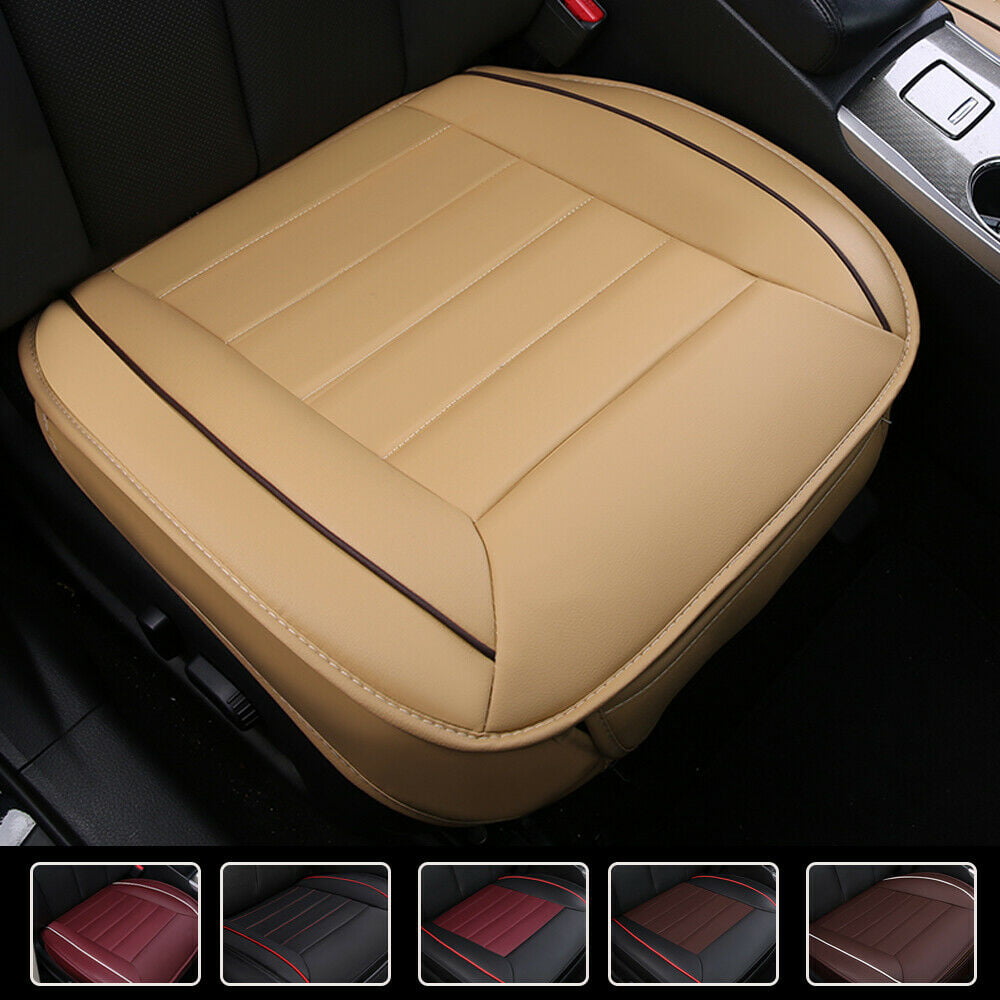Table of Content
It is possible to replace the firmware of the Hub 5 Type A (and the identical 'Plusnet Hub One' and 'BT Business Hub 5' Type A) with OpenWrt, unlocking it from BT and providing the features of OpenWrt. In April 2018, scripts for modifying the stock firmware of a BT Hub 5 Type A to enable SSH access, were published on the GitHub repository; this enables access to the native OpenRG command-line interface. Each touts 1,300Mbits/sec 802.11ac, with a 3×3 MIMO stream internal antenna setup. Each has four Gigabit Ethernet ports at the rear, coupled with a DSL/VDSL port for fibre and ADSL2+ connection, plus a WAN port for those who need a separate modem. There’s a USB port so you can plug in a USB stick and share files, WPS and reboot buttons sit on top of the device, and you get a power switch at the rear, which makes it simple to cycle the power should the router freeze up. Branch Type Download link n/a UART u-boot for installing OpenWrt/LEDE.
This is what comes with all of BT's Superfast fibre broadband plans. As you'd expect from a brand like BT, the Smart Hub is a super powerful router - the most powerful in the UK claims BT. All-round performance is impressive for an ISP-supplied router. Up close, we saw similar file-transfer speeds to the TalkTalk Super Router, with 802.11ac speeds reaching an impressive 50.4MB/sec, but the Home Hub 5 is better at long range. In our 30m test, 802.11ac speed fell to 22.7MB/sec, but it at least completed the test; TalkTalk’s 802.11ac network failed to connect at this distance.
BT Home Hub 5: Setup
The latest versions of the Home Hub are based on the Wi-Fi 802.11ac standard, and are also backward compatible with the 802.11b/g/n standards. All models of the Home Hub prior to the Home Hub 3 support VoIP Internet telephony via BT’s Broadband Talk service and are compatible with existing DECT handsets. BT no longer uses this hub but if you took out an older BT plan, you could well have this one.

Up until now all Infinity customers were forced to have a separate bulky modem and was wired into either the Home Hub 4 or a third-party router. The Home Hub 5 does away with this and runs cool and quiet. While several features vie for our attention, we’re going to start with the integrated VDSL modem. Somehow BT has squeezed this into the Home Hub 5 without any size or weight penalty. Not only is this a remarkable feat of engineering but it also means BT Infinity customers finally have a neat, single box solution.
BT Smart Hub
You must be logged in to access this part of the community. The default setup is quirky as well, with both 2.4GHz and 5GHz networks subsumed under the same SSID. This means you’re never certain which network your equipment is using. Barry Collins shows you how to change this to make the most of your BT Home Hub 5 here. Coupled with BT’s Smart Wireless capability, which sees the router switch channels when it spots interference, the Home Hub 5 is the best-performing ISP router we’ve seen. The BT Smart Hub upgraded the wifi provision to Wave 2 of the 802.11ac specification, and increased the number of antennae for improved MIMO.

After 29 January 2011, BT Broadband Talk was no longer provided as part of BT's broadband packages. There are two versions of the BT Home Hub 3, the A and the B model. The hardware contained within the Home Hub 3A was manufactured by Siemens' Gigaset division and is based on a Lantiq XWAYTM ARX168 chipset supporting ADSL2+.
Differences between each Hub
Tested with Seagate Expansion Portable HDD 500 GBs (USB 3.0). It is also worth testing with irqbalance running (after installing with “opkg install irqbalance”). Download the image on your PC, copy it to a memory stick and insert it in the router. There are a few scripts that save you time so you don't have to type lots of commands manually.

It uses smart scan tech, has four ethernet ports and has USB slots. However, it is only single band W-Fi so there is no support for 5GHz bands. This isn't the end of the world but it does mean it won't always be as fast for certain devices with 5GHz connectivity. The Home Hub 4 was supplied free of charge to new customers, with a £35 charge to existing customers. It has intelligent power management technology which monitors the hub functions and puts them individually into power-save mode when not in use.
Service & Support
The 5th generation Home Hub was released in mid-October 2013 and is an upgrade to the Home Hub 4, with Gigabit Ethernet connections, 802.11ac Wi-Fi and an integrated VDSL modem. Customers upgrading from ADSL Broadband pay only a delivery charge; existing Broadband customers pay a £45 upgrade charge. There are two variants of the Hub 5, Type A with Lantiq chipset , and Type B with Broadcom.

BT is the last of the big internet service providers in the UK, after Virgin Media, Sky and TalkTalk, to introduce an upgrade to its router, more than two years after the last one, the Home Hub 5, came to market. BT has two hubs available right now and a host of older models that you might still have if you have an older plan. The two options in use are the BT Smart Hub and the Smart Hub 2. We’re really sorry but we’ve sold out of this product and are unable to obtain more stock.
It delivers superb performance in an attractive package, has a simple setup and a bargain price tag. It can't outpace the fastest 802.11ac routers but it stands toe-to-toe with many while far costing less,... If you’re an existing BT Infinity customer, simply renew your existing contract and you’ll be given a discounted price for the Home Hub 5. If you switch providers and sign up for the BT Infinity fibre optic broadband package, you’ll be entitled to a free Home Hub 5 as part of the deal.
If LuCI lists seven ports (Port 0 – Port 5 + CPU), it's probably using the swconfig numbering and ignoring /etc/board.json. On the bright side, you don't need to edit anything to make use of the WAN port. Select 'Custom Interface' and enter 'ptm0.101' or 'dsl0.101' for LEDE 17 and OpenWrt 18 respectively to set vlan 101 for BT Openreach network compatibility. In some cases, it may be the case that USB port does not provide enough power to run a portable HDD or even a USB stick. As it has been tested there also seems to be a reboot issue when hot-plugging a USB device. This issue is related to low power output from the USB port although the supplied power adapter provides more than enough juice for the router.
Now you need two wires for the input connection, one for +ve and other one is ground. Ground can be linked from any metal holders, just like the USB outer-panel. The +ve wire needs to come from the power adapter, for this to work properly use the middle pin on the power switch. This way when you power off the device the USB power will be switched off. Once you have connected the wires for input, you only need +ve wire from the circuit output and connect it to the USB +ve, from where we removed the L9 component. Be sure to connect directly to USB +ve and not to the IC +ve output.
You could well have one of these still if you signed up with broadband deals from BT a while ago. Four GigE ports so customers can further exploit the superfast speeds of their Infinity Broadband. One complaint we do have is BT by default sets up the Home Hub 5 with a single SSID.
The Home Hub 5 is a compact, stylish and remarkably well-specified router. To upgrade to the BT Home Hub 5 or to find a new router, check out our full collection here at BT Shop. Changeset created the DTS with this odd layout and changeset copied it to create HH5A support — but it may simply reflect equally odd hardware layout. LEDE has a correct /etc/board.d/02_network as of 96f6bd501 so should have a correct /etc/board.json, but may not expose the WAN port. Select 'Custom Interface' and enter 'nas0' or 'dsl0' for LEDE 17 and OpenWrt 18 respectively. This will remove the strain on the USB power IC and no more problems will occur from the USB hot-plugging and you can also use a portable HDD even if it was not working before.
It also packs some clever technology that reduces interference, improving reliability by reducing the number of dropouts. Another nifty piece of tech, BT Smart Scan, seamlessly swaps channels in the background to dodge any congestion. The hardware contained within the BT Home Hub 2.0B was manufactured by Siemens' Gigaset division in Germany.





















